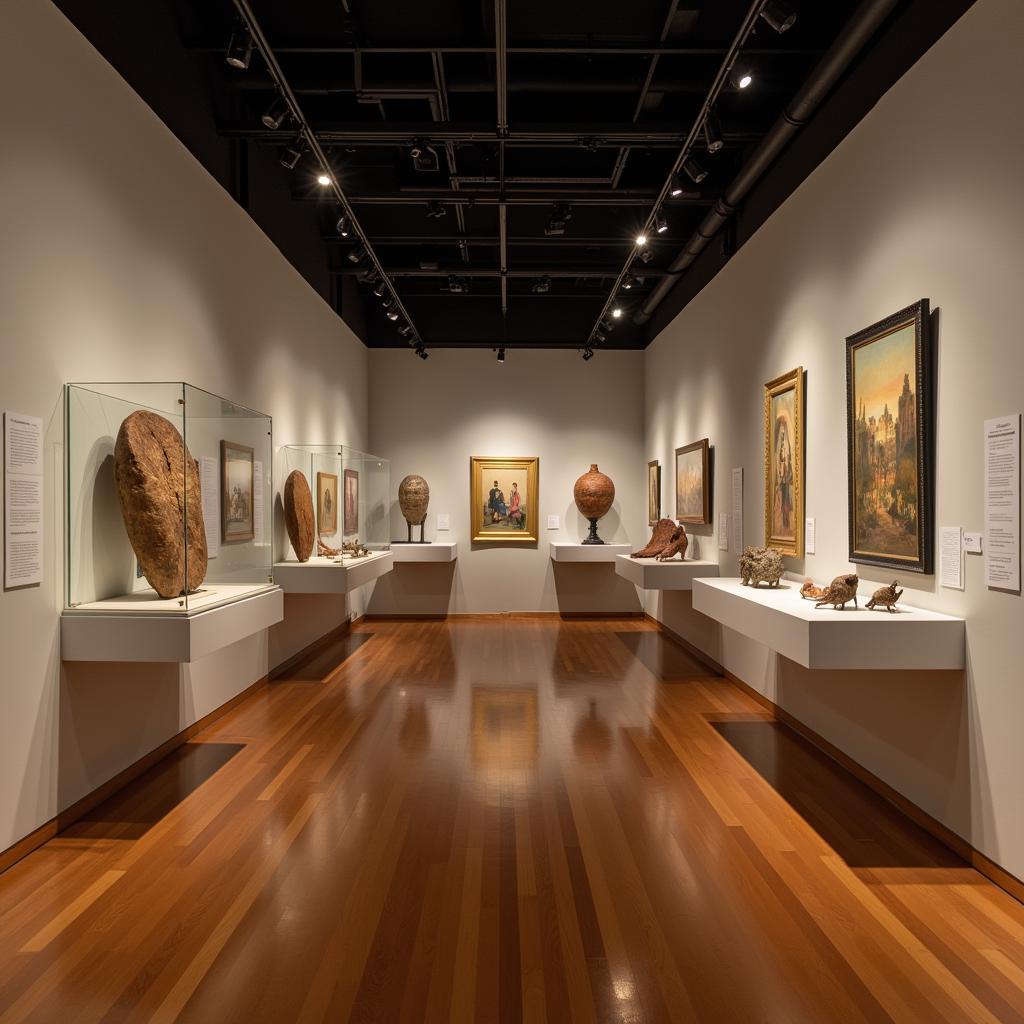Serial Killer Art for Sale: Understanding a Controversial Market
The world of art collecting is filled with eclectic tastes and niche markets, but few are as polarizing and ethically fraught as the market for “serial killer art.” This term refers to artworks created by individuals who have been convicted of serial murder, often while incarcerated. The subject matter can range from portraits and landscapes to abstract pieces and written works. While some argue that this art offers a glimpse into the minds of criminals and holds historical value, others find the very idea of profiting from such works morally reprehensible.
The Appeal and Controversy of Serial Killer Art
Why would anyone want to own a piece of art created by someone who committed heinous crimes? The answer is complex and multifaceted. For some collectors, the appeal lies in the macabre and the taboo. Owning a piece of serial killer art can be seen as a conversation starter, a shocking artifact, or even a morbid investment. The notoriety of the artist, rather than the artistic merit of the work itself, often drives the price.
However, the ethical implications of buying and selling serial killer art are impossible to ignore. Critics argue that profiting from these works, directly or indirectly, glorifies violence and minimizes the suffering of victims. There’s also concern that money made from sales could incentivize further crimes, although laws like the Son of Sam law in the United States aim to prevent criminals from profiting directly from their crimes.
Exploring the Minds of Criminals Through Art?
Proponents of collecting serial killer art often cite the potential for psychological insight. They argue that these artworks offer a unique window into the minds of criminals, potentially revealing hidden motives, fantasies, or even remorse. Some art therapists believe that analyzing the art of criminals can aid in understanding criminal behavior and developing prevention strategies.
However, it’s crucial to approach this argument with caution. Attributing meaning to art, especially art created by individuals with complex psychological profiles, is inherently subjective. What one person interprets as a sign of remorse, another might see as manipulation or a lack of empathy.
The Role of Museums and Galleries
The exhibition of serial killer art in museums and galleries further complicates the debate. While some institutions believe in presenting a comprehensive view of art history, even its darkest corners, others refuse to showcase works created by convicted criminals, citing ethical concerns and potential insensitivity towards victims’ families.
“It’s a delicate balancing act,” says Dr. Emily Carter, a curator specializing in outsider art. “Museums have a responsibility to educate and provoke dialogue, but not at the expense of exploiting tragedy or causing further harm.”
The Future of the Serial Killer Art Market
The market for serial killer art remains relatively niche, but its existence raises important questions about our fascination with true crime, the ethics of art collecting, and the very nature of art itself. As long as these questions remain, the debate surrounding serial killer art is likely to continue.
FAQs About Serial Killer Art
-
Is it legal to buy and sell serial killer art?
- Yes, in many countries, it is legal to buy and sell serial killer art, although specific laws regarding profits from criminal activity may apply.
-
Where can I find Serial Killer Art For Sale?
- Serial killer art can be found through specialized online auction sites, private collectors, and occasionally in galleries that specialize in outsider art or macabre themes.
-
What factors determine the value of serial killer art?
- Factors influencing value include the notoriety of the artist, the rarity of the piece, the medium used, and the subject matter.
-
Should I buy serial killer art?
- This decision is deeply personal and depends on your own ethical stance. Consider the potential implications for victims’ families and the message that owning such art might convey.
-
Is there a difference between appreciating the art and condoning the crimes?
- This is a complex question with no easy answer. It’s possible to engage with the art on an intellectual level without condoning the artist’s actions, but it requires careful consideration and self-reflection.
Need More Information?
For further inquiries and assistance regarding art and collectibles, please contact us:
Phone: 02462573573
Email: danteum@gmail.com
Address: Savico Megamall, 7-9 Đ. Nguyễn Văn Linh, Gia Thụy, Long Biên, Hà Nội 10000, Việt Nam.
Our dedicated customer support team is available 24/7 to address your questions and provide expert guidance.





